
Cantavieja, capital of Maestrazgo Teruel, is one of those small towns of depopulated Spain that do not leave us indifferent. Its simple location makes it majestic. Perched on a hill at 1,300 meters above sea level, it watches over the surrounding valleys, providing it with a natural protection that its different inhabitants have taken advantage of.
Cantavieja was declared a Historical Artistic Site in 1981, giving special importance to the events that occurred in the town, which have given it a unique idiosyncrasy, accompanied by various historical monuments.
A journey through the history of Cantavieja.
The place where this beautiful town is located has been the consecutive dwelling of human groups, from the Paleolithic to the present. Traces of the Iberians, Romans and Arabs have been found in its territory. Although its arrival in the historical record occurs in the times of the King of Aragon, Alfonso II (1164-1196). Only a year after the monarch's death, the Templars made it the capital of the Bailiwick of Cantavieja .
A little over a century later, the King of Aragon, Jaime II, ordered, by order of the King of France, Philip IV, to put an end to the Templars. The persecutions of the soldiers of Christ take place throughout the Peninsula, epic are the defenses of these of several fortifications of the Crown of Aragon, such as Peñiscola, Miravet and especially the one that concerns us. The Templars of Cantavieja They endured eight months of harsh sieges in the castle.
Behind the Templars, the control of Cantavieja step to the Hospitallers of the Order of Saint John of Jerusalem, who will take the town to the years of greatest splendor of the town. Already in modern times it became one of the livestock cities of Aragon, specifically the exploitation of wool brought great economic well-being to its citizens. From the 18th century on, hermitages, churches, hospitals and, especially, manor houses for its wealthy inhabitants were built.
But Mendizábal's confiscation came in the 19th century, and with it the confiscation of assets from religious orders. In Cantavieja , the hospitallers had remained at the forefront of the population for more than five centuries, and such a sudden drop in traditions brought about by liberalism, could be the reason that the following characters in the history of this municipality became strong in it.
The Carlists, staunch defenders of ancient absolutist and Christian traditions, arrive and become strong in Cantavieja . Until it, in the midst of the First Carlist War, Ramón Cabrera, nicknamed "El tigre del Maestrazgo", arrived to make it his residence and settle his Carlist army, which was fighting against those in favor of Elizabeth II sitting on the throne of Spain.
About the 20th century, well, what to say, it suffered like all the Civil War and especially the emigration during the Franco regime. If at the beginning of that century it had about 2,000 inhabitants, today it does not reach 750.
Looping through images.
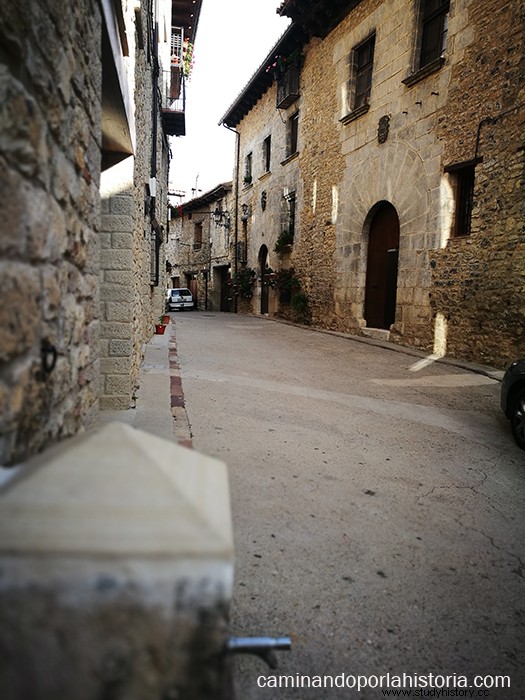
The main street of Cantavieja is the backbone of the municipality, crossing it from south to north we will find its main buildings.

The first stop may well be the Cantavieja Tourist Office. Inside we will find the Museum of the Carlist Wars, small but very pleasant and well documented.

The porticoed Plaza de Cantavieja is the most central place in the town, its conservation is excellent. At the bottom of it we find the Town Hall, where its Gothic windows and the town's coat of arms stand out.
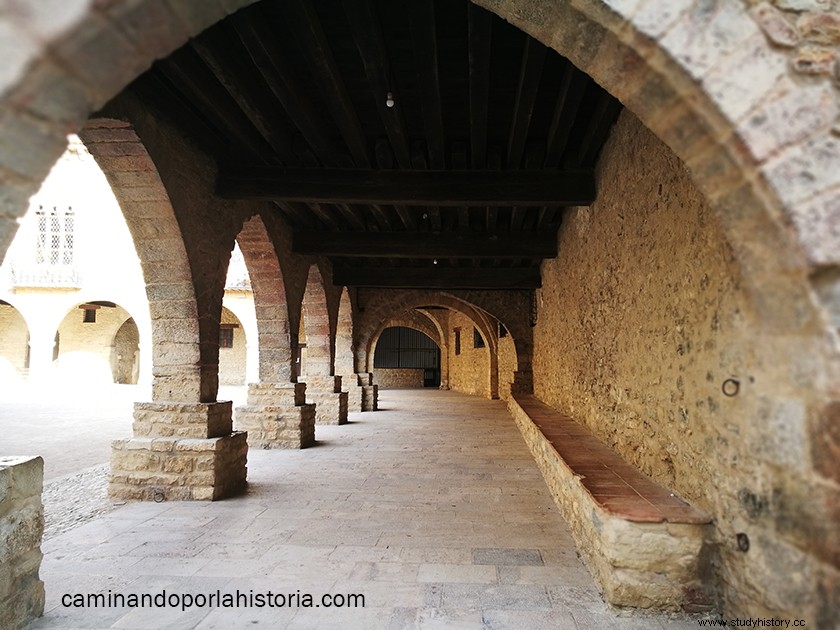
It is a lively square, where the main events of the city are held.

The tower of the Church was built in 1612 on the same Calle Mayor, a few meters from the Plaza Porticada. You can visit its interior with a guided tour and see the clock machinery and some exhibitions of objects from the town.
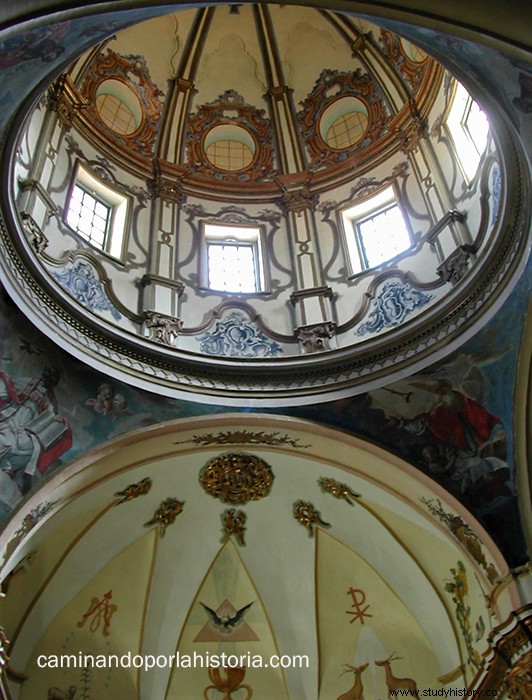
Interior of the Church of the Assumption, built in the 18th century by the architect Antonio Nadal. Your visit is also guided.

Templar castle of Cantavieja. In the north of the town. Today a large walled esplanade. At the end of it we find the hermitage of the Holy Sepulcher built at the end of the 19th century.
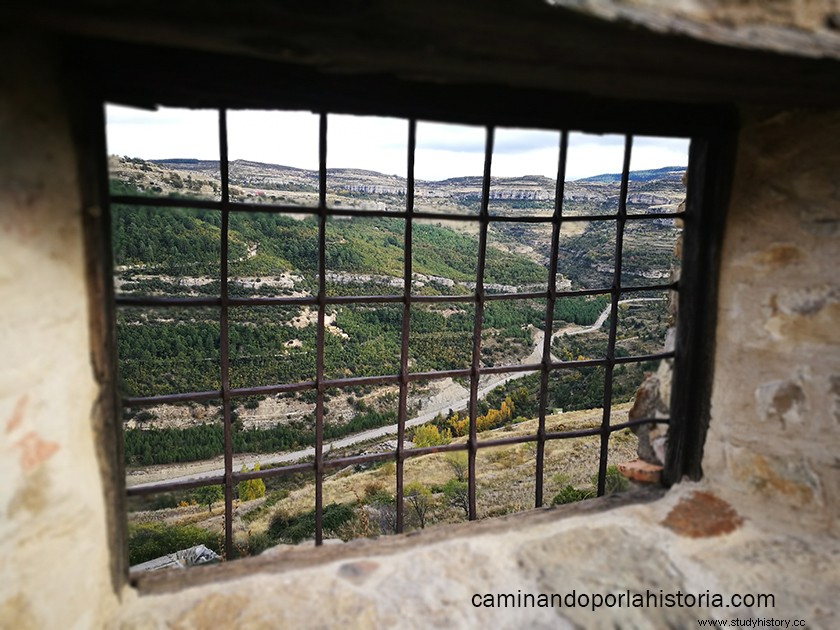
Although there are no remains of the castle, these windows can transport us to the magnificent vision that the Templars had of the surrounding territories. Specifically, from here they watched the climb up the Barranco de San Juan.

Exterior of the Church of San Miguel built in 1411.

Inside this church we find one of the best examples of Gothic art in the province of Teruel. This is the oratory that contains the remains of Gonzalo de Funes, Castellán de Amposta of the Order of Saint John.
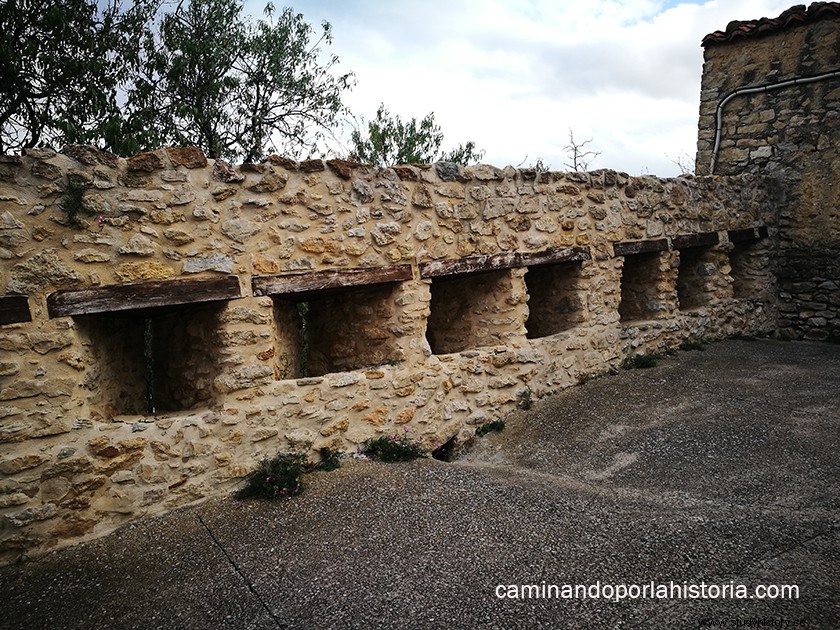
We cross Calle Mayor again to reach the walls of Cantavieja. In this place we will find the remains of the Aspillerada Wall that the Carlists built to improve the defense of the town.
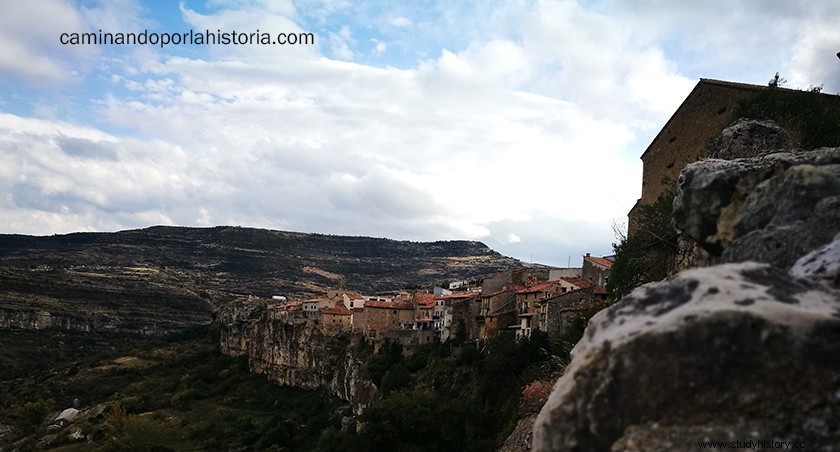
Lean over the wall to enjoy the magnificent view of this town built on the rocks of the Maestrazgo.
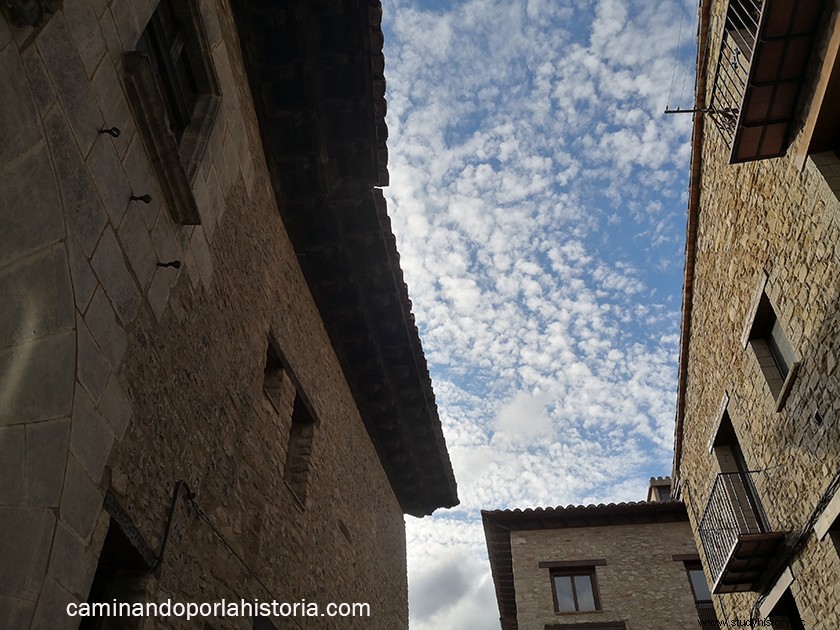
Strolling through its streets, either on a warm summer afternoon, or as in my case, a cold autumn afternoon that gives us this special light.
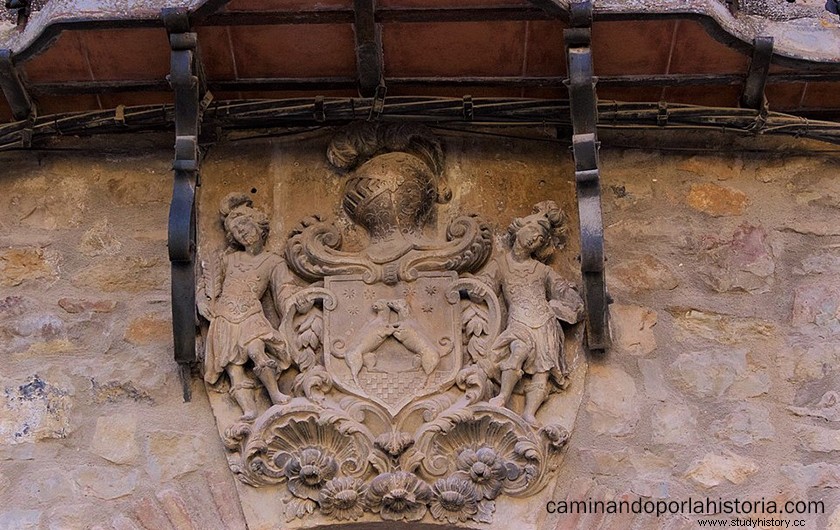
Discover all its corners, architecture and history merge in the beautiful Cantavieja, capital of Teruel Maestrazgo.
